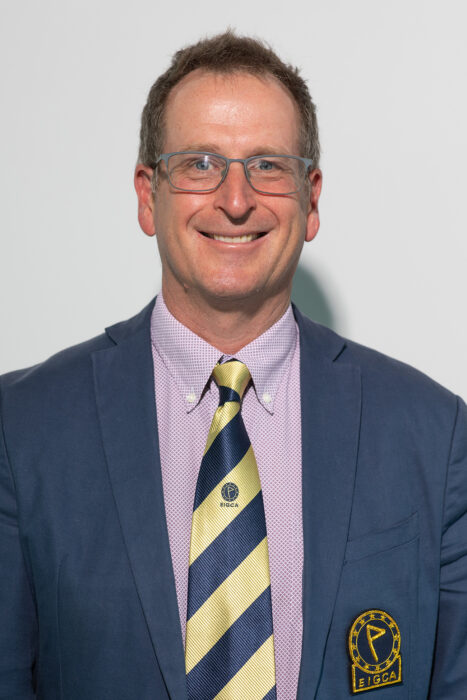Golf course designers broadly in favour of controversial MLR proposal
Related Articles
A group of golf course architects has said it welcomes an R&A and USGA proposal to allow an optional requirement to only use golf balls that have been tested under modified launch conditions.
If implemented, the Model Local Rule (MLR) will give competition organisers this option to address the impacts of hitting distance in golf. It is intended for use only in elite competitions and not in recreational golf.
It has proven to be a controversial proposal with, for example, LPGA Master instructor Kiran Kanwar PhD stating that more research should have been conducted first.
However, the European Institute of Golf Course Architects (EIGCA) has said its members support this move.

Tim Lobb
When EIGCA members were polled about their opinions on hitting distances in September 2020, 75 percent of respondents believed that increasing ball flight length and advances in equipment technology diminish the skill of the game, which leads to a simplification of golf course strategy. Nearly 90 percent of respondents considered a reduction in driving distance of between 10 and 15 percent would be appropriate, which is borne out by the current proposal looking to reduce hitting distances by an average 14-15 yards for the longer hitters.
Tim Lobb, president of EIGCA, says: “As golf course architects, EIGCA welcomes and supports this MLR proposal. Reducing hitting distances not only leads to shorter courses, which are quicker to play, cheaper to maintain, more sustainable, more accessible and potentially more profitable, but also retains the intended design strategies of older golf courses.
“We will discuss the topic with our membership over the coming months and submit comments to The R&A and USGA. Our annual meeting in April is focused on the future of golf resort development, so the MLR proposal and how it relates to the distances required for future golf courses is topical. We look forward to providing the views and experiences of our members as part of this crucial project.”

























